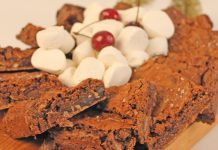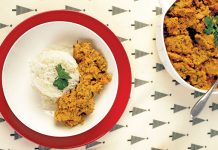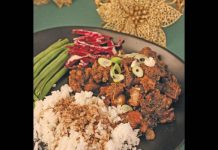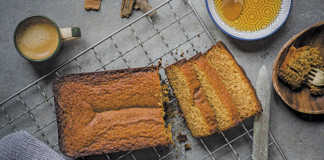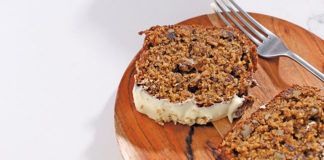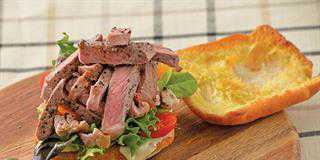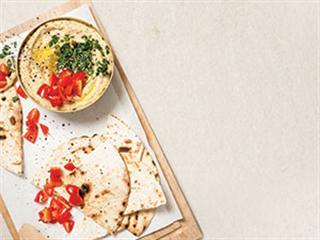
To make hummus for six, you will need:
- 1 cup of dried chickpeas • Lemon juice on demand
- 3 tablespoons of extra virgin olive oil • 3 cloves of fresh garlic
- Freshly ground black pepper • ½ teaspoon of salt
- ½ teaspoon of freshly ground cumin (jeera)
- 3 tablespoons of fresh coriander leaves (dhania) or parsley
- ¼ cup of tahini
- Ground paprika (optional)
First, the slow business. Soak the dried chickpeas overnight in cold water. Now for the theory: the big surprise here for first-time hummus makers is the need for tahini. Tahini – available from speciality stores and Asian supermarkets – is a paste made from sesame seeds. Imagine peanut butter and you get the general idea. Tahini is a total palate attack: habit forming, emotion-heightening and eye-crossingly delicious.
The next day, remove the soaked chickpeas, discard the water, rinse the chickpeas once or twice, then place them in a suitably heavy-based saucepan and cover with fresh cold water. Bring the contents to a rolling boil over high heat, then reduce the heat to a simmer for about 90 minutes, partially covering with a lid. Inspect from time to time and add more water if required. The chickpeas are done when the skins slide off and an individual chickpea can be easily squashed between your fingers.
Drain, taking care to save a cup or two of the chickpea water. Reserve a couple of tablespoons of whole boiled chickpeas for later. Set up the food processor and add the cooked chickpeas, the peeled cloves of garlic, the juice of half a lemon, the tahini, salt, pepper, cumin and half a cup of the reserved chickpea boiling water. An alternative is to add plain yoghurt instead of the chickpea water.
Chop and blend the mixture together. I prefer the hummus to be quite coarse; some prefer a smooth paste. Make your own decision as the processing advances. Food processing, like time itself, only goes in one direction, so if you want a coarse texture, intervene before it’s too late. Taste and adjust the salt and pepper to suit your palate. You might want to add extra lemon juice as well.
Serving time. Pour a generous serving onto a flat plate. Arrange a few whole boiled chickpeas in the middle and drizzle a few teaspoons of extra virgin olive oil over the surface. A pinch or two of ground paprika adds to the appearance, while a sprinkle of freshly chopped coriander leaves or parsley make their contribution to flavour and aroma.
Eat this delicious meal with bread and a cup full of finely chopped cucumber, tomato and spring onion greens on the side. Drink black espresso with the meal. If there is any hummus left over, which is unlikely, it can be saved in the fridge for a day or two. But given the ease of manufacture, you can make a fresh batch whenever you feel like it.

